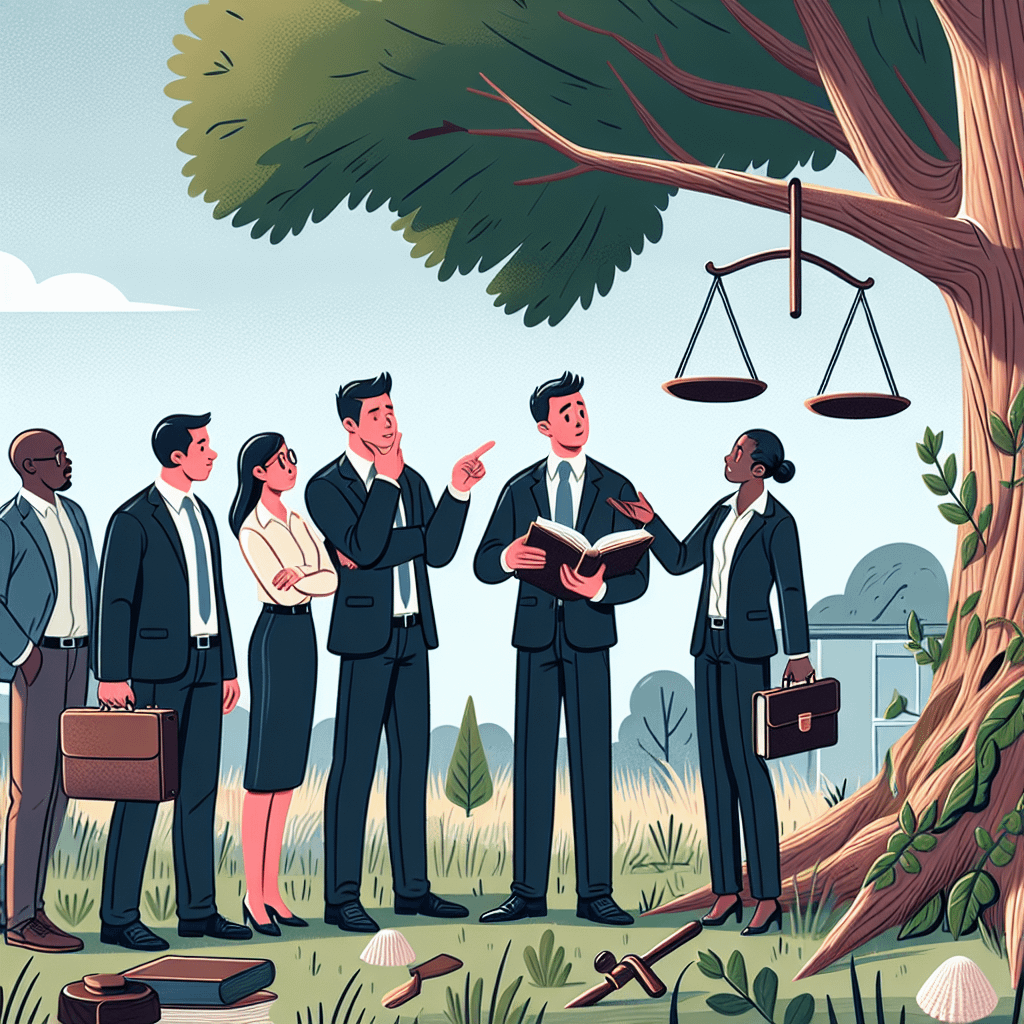Owning a piece of property comes with its fair share of joys—and challenges. One challenge many homeowners face is deciding what to do with a tree that’s causing damage. Whether it’s roots cracking your driveway, branches tangling with power lines, or concerns about a sudden collapse onto your house, figuring out if you have the freedom to cut down that troublesome tree is key. Let’s explore when you can and can’t legally cut down a tree on your property, and some practical tips along the way.
Understanding Property Ownership and Responsibilities
First things first: Trees trigger a lot of interest because they straddle the line between asset and liability. Owning a tree means more than just enjoying the shade or the occasional bird visit. You also have responsibilities, especially if that tree is growing on your property line or causing damage.
Check Local Laws and Ordinances: Tree laws are mostly local, often handled at the municipal or county level. Many areas have regulations protecting trees, especially those considered old, rare, or part of a significant habitat. Some local ordinances may require a permit before you can remove a tree of certain species or size, even if it’s on your property. Make it a point to check with your local authorities or homeowners association for any specific rules about tree removal.
Damage Needs to Be Proven
If a tree is causing direct damage, like cracked foundations or buckled pathways, this can often justify its removal. However, it’s wise to have documentation. Not just about the damage, but also about your attempts to manage it. Before taking action:
- Document the Damage: Take photographs of the damage and keep records of any related issues you face, like sewer line blockages.
- Consult a Professional: An arborist (a tree care expert) can provide an assessment of the tree’s health and any potential risks it poses. A structural engineer or contractor may be needed to assess the actual damage.
Neighbor’s Trees and Property Lines
Trees and property lines can cause disputes between neighbors. If a tree trunk stands directly on the line, it is typically considered shared property. Both parties need to agree on any action. If your neighbor’s tree is encroaching onto your property and causing damage, legal action could involve asking your neighbor to address the issue.
Know Your Rights:
- Trimming Rights: Generally, if branches from a neighbor’s tree extend onto your property, you have the right to trim them back to the property line—provided it doesn’t harm the tree overall.
- Responsibility for Damage: If the tree is healthy, typically you might bear responsibility to address the damage unless you can prove negligence on your neighbor’s part.
Safety First: Risks Involved
Trees can pose safety risks, especially during storms when branches—or the entire tree—might fall. For large trees, it’s wise to consider not only the current risk, but also the potential for future issues.
Practical Tips:
- Regular Inspections: Engage an arborist for regular tree inspections, especially if the tree is large or very old.
- Remove Hazards Promptly: Dead branches or obviously decaying trees should be addressed swiftly to mitigate safety risks.
Practical Steps and Considerations
If you’ve decided your tree needs to come down, here’s how to proceed:
1. Contact Local Authorities: Confirm any local legal requirements for tree removal.2. Hire a Professional Tree Service: Removing a tree can be dangerous work. It’s usually best done by professionals who are trained in safely felling trees and handling associated equipment.3. Plan for Aftercare: Consider what to do with the leftover space. Replanting with a more suitable species—or improving your landscape with something non-invasive—could enhance your property.
In sum, while you often have the right to remove a tree on your property if it’s causing damage, local regulations must be heeded, and practical safety and neighborhood considerations should guide your actions. With thoughtful planning and adherence to any legal requirements, you can navigate the intricacies of tree removal smoothly and maintain the harmony of your outdoor space.








